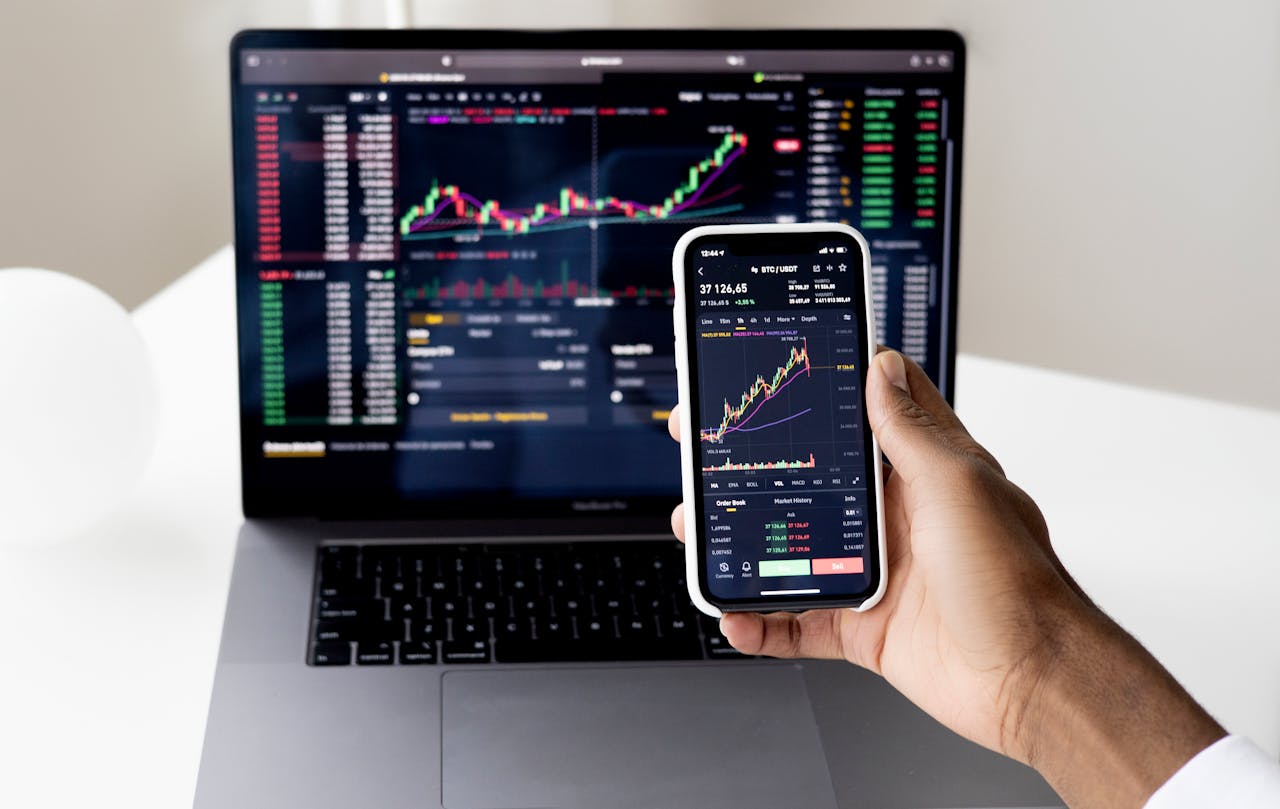Reducing risks while increasing the potential for profit requires traders and investors to walk a fine line, particularly when dabbling in highly volatile markets like crypto. Apparently, resorting to popular wisdom and putting into practice the age-old adage “don’t put all of your eggs in one basket” might be the key to success in investing. In more modern terms, the solution is diversification.
As with all other asset classes, portfolio diversification remains the most sensible and efficient risk management strategy for cautious and forward-thinking crypto investors. This implies holding various types of cryptocurrencies with different risk profiles, so the portfolio’s performance doesn’t rely on the performance of one single asset. This serves as a cushion that can insulate portfolios and absorb the shock in case one of the coins slumps, thus reducing the likelihood of major losses.
With over 20,000 cryptocurrencies available by the latest count, market participants looking to diversify their portfolios have more choices than ever before. One can start with established coins like Bitcoin and Ethereum and then buy Ripple, Solana, Binance Coin, Tether, and other types of tokens to build a balanced crypto holding and enhance portfolio resilience. However, one can’t just choose coins and crypto products randomly for the sake of variation. There are various strategies that can help crypto investors reach their diversification objectives and ensure optimal results.

Choose Different Types of Coins
The simplest way to diversify your holding is to purchase different types of cryptocurrencies. They can be classified by:
- Use – not all cryptos have the same purpose and utility. As such, cryptocurrencies can be separated into stablecoins, payment tokens (e.g., Bitcoin and Ethereum), security tokens, utility tokens, governance tokens, gaming tokens, and non-fungible tokens (NFTs). Learning about the particular use cases and functions of different crypto projects can help you create a varied collection of assets.
- Size – market cap is another aspect that differentiates digital currencies from one another. So, if your crypto portfolio is mostly made of large-cap coins like Bitcoin and Ethereum, you might want to balance it out by making room for newer coins with smaller market caps and vice versa.
- Sector focus – cryptos have made their way into different domains and sectors, such as healthcare, transportation, supply chain, entertainment, and so on. You can look at the industries they’re focused on to create a more diverse collection of assets.
- Geographical region – while cryptocurrencies live in the virtual sphere and can therefore transcend geographical boundaries, the projects are linked to physical locations and certain cryptos are also used particularly in specific regions of the world. So, geography can also serve as a criterion for an assorted crypto selection.
Diversify with Tokenized Assets
While choosing cryptos that boast different core features and characteristics can be a good starting point, this strategy doesn’t offer much protection in case of a major market downturn, when all cryptocurrencies could experience a slump to a certain degree. This calls for additional precautions such as the inclusion of tokenized assets in your investment portfolio.
Virtually any type of asset, physical or digital, can be converted into a tokenized product that can be sold, held, or traded. You can purchase digital tokens as a way to secure partial or complete ownership of the actual assets they represent, including real estate, art, collectibles, music, precious metals, or any other goods that you might find valuable enough to add to your portfolio.
Invest in ICOs
Although investing in initial coin offerings (ICOs) carries more risks than other diversification methods, it’s still a good option to consider, particularly if you’re a more experienced investor with a higher risk tolerance. ICOs give entrepreneurs and developers the opportunity to raise funds for their crypto ventures by selling a new cryptocurrency.
There’s no guarantee that their undertakings will be successful, but if they are and you’ve invested in a thriving project early on when the price was low, you can benefit from considerable returns once the crypto takes off and increases in value. With low barriers to entry, ICOs provide a simple and affordable solution for small-cap diversification, but you need to do some serious research and know the risks before you put your money on the line.
Consider Alternative Crypto Investments
The crypto industry is not limited to digital currencies only, so you have plenty of other options to gain access and diversify your crypto exposure that don’t involve purchasing coins directly. You can branch out into alternative crypto investments, such as investing in blockchain technology enterprises or crypto mining companies, to expand your crypto portfolio.
You might also want to explore crypto derivatives like futures contracts, options contracts or perpetual swaps. These are financial products based on the price movements of different cryptocurrencies. This means they are quite risky since the market is extremely volatile and you should practice caution when investing in them.
A Few Tips to Get You Started
Your path to crypto diversification should start with a thorough assessment of your current portfolio. This should help you identify your holding’s caveats and look for new opportunities to diminish risks.
Before you start scouring the market for potential products that could help you patch up the gaps in your portfolio, you need to make sure you have a good grasp of the digital economy and are up to date with current trends. After you’ve done your research, you can decide which diversification strategy you should employ and which assets would be a good fit for you, and then make room for them in your collection. This might imply selling a part of your existing assets if they take up too much space so you can bring in other products.
It’s also important to keep in mind that crypto portfolio diversification is not a one-and-done task. With the crypto market evolving at a fast pace, you need to reassess your holding periodically and do the necessary changes to ensure it stays well-balanced in the long run.















